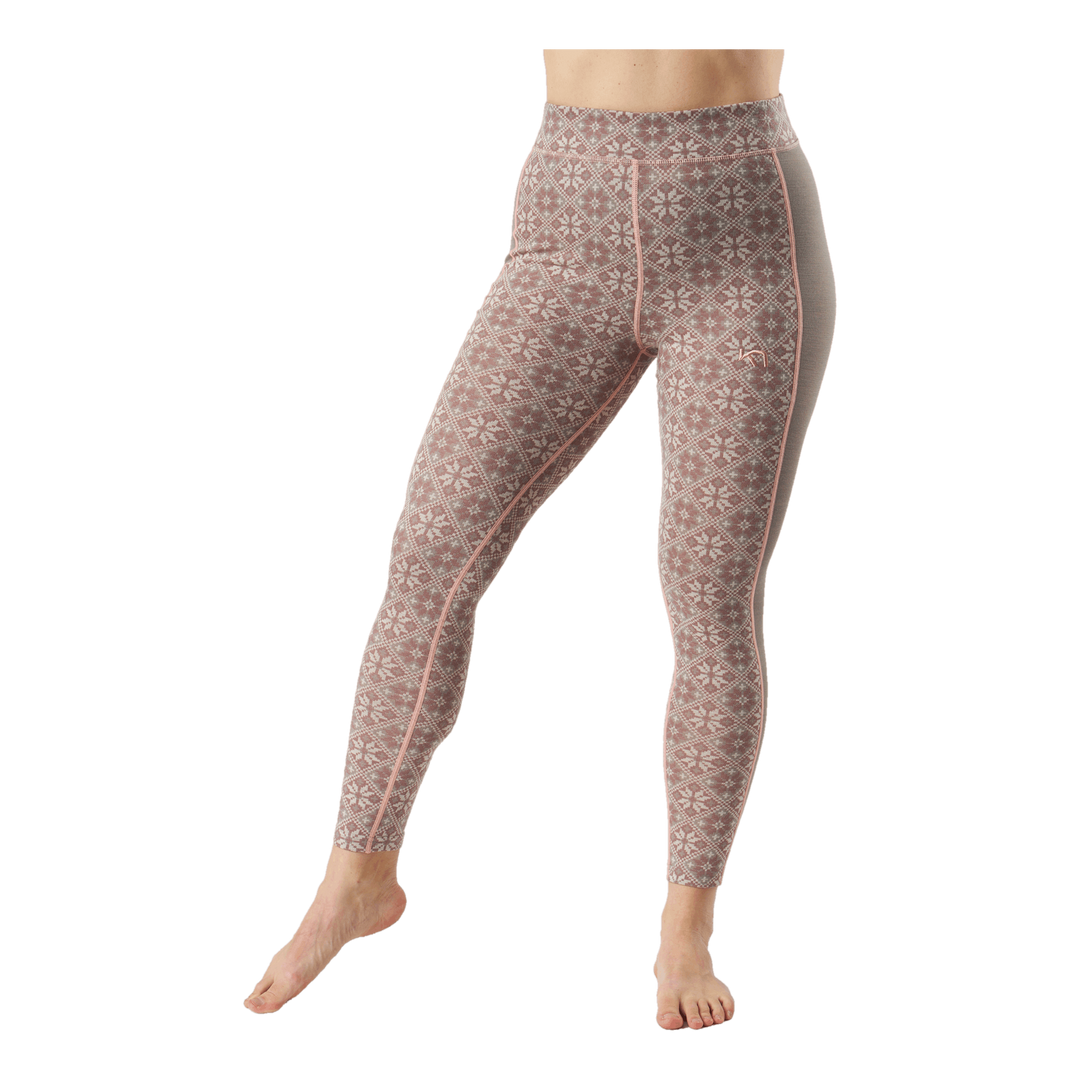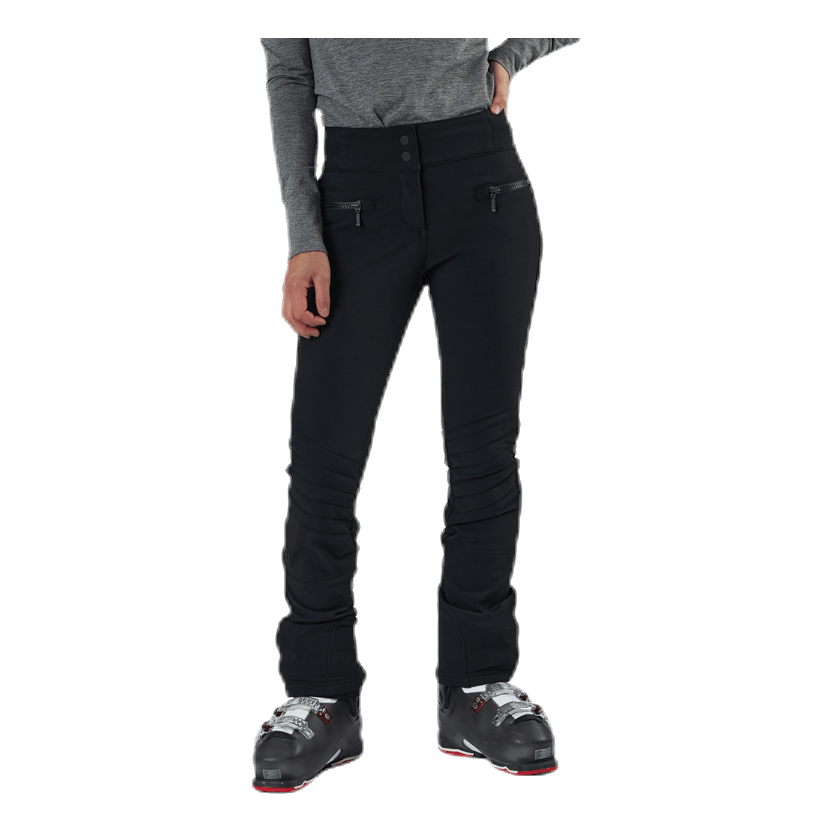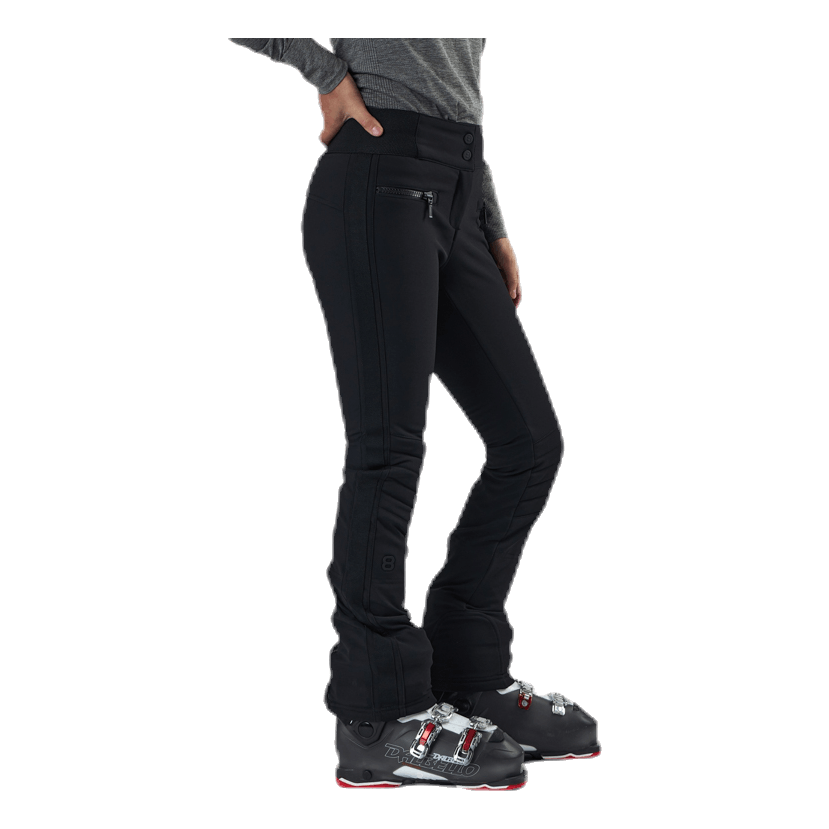
The Art of Waxing Slalom Skis - Tips and Techniques for Optimal Skiing
Why is it important to wax slalom skis?
Waxing slalom skis is crucial for achieving maximum performance and enjoyment from your skis. Well-waxed skis provide better grip, control, and glide, resulting in smoother turns, higher speeds, and an overall better skiing experience. Additionally, wax protects the ski's base and extends its lifespan.
Whether you're a beginner or an experienced skier, it's worth learning the basics of waxing technique. By understanding how different waxes work and how to apply them correctly, you can optimize your skis' performance and adapt them to the prevailing conditions.
Choosing the Right Wax for Your Slalom Skis
The first step in waxing your slalom skis is to choose the right type of wax. There are two main types of wax: glide wax and grip wax. Glide wax is applied to the midsection of the ski for better glide, while grip wax is applied to the ski tips and tails for better grip.
When choosing wax, consider the following factors:
- Temperature: Select a wax that is designed for the current temperature. Waxes are marked with temperature ranges for optimal performance.
- Snow Conditions: Different waxes work best on different types of snow, such as dry, wet, or granular snow.
- Ski Type: Ensure that the wax is compatible with your skis' base material. Some waxes are specifically designed for different types of skis.
Glide Wax Application Technique
Applying glide wax correctly is the key to achieving smooth glide and protecting your ski's base. Follow these steps:
- Thoroughly clean the ski's base with a base cleaner to remove dirt and old wax residue.
- Heat the wax with an iron or wax melter to the recommended temperature.
- Apply a thin, even layer of wax to the midsection of the ski, avoiding the tips and tails.
- Allow the wax to cool and harden for a few minutes.
- Brush the wax with a wax brush to smooth the surface and remove excess wax.
Grip Wax Application Technique
Grip wax provides better traction and edge control, especially in steeper terrain and icy conditions. Here's how to apply grip wax:
- Thoroughly clean the ski tips and tails with a base cleaner.
- Lightly roughen the base with sandpaper to improve wax adhesion.
- Apply grip wax to the ski tips and tails using a wax cork or by rubbing the wax directly onto the base.
- Use a structuring tool or a rubber roller to create a pattern in the wax, which provides better grip.
Ski Maintenance and Care
Regular ski maintenance is essential for keeping your slalom skis in top condition. After each run, make sure to:
- Thoroughly clean the skis to remove dirt, snow, and wax residue.
- Dry the skis properly to prevent rust and damage.
- Store the skis in a cool, dry place away from direct sunlight.
- Repair any damage to the base or edges as soon as possible to prevent further wear.
By taking care of your slalom skis and regularly waxing them, you'll be able to enjoy optimal runs season after season. Experiment with different waxes and techniques to find the combination that works best for you and your skis.
So the next time you hit the slopes, remember that well-waxed skis are the key to an amazing skiing experience. With the right knowledge and technique, you can master the art of waxing slalom skis and take your skiing to the next level. See you on the lift!












